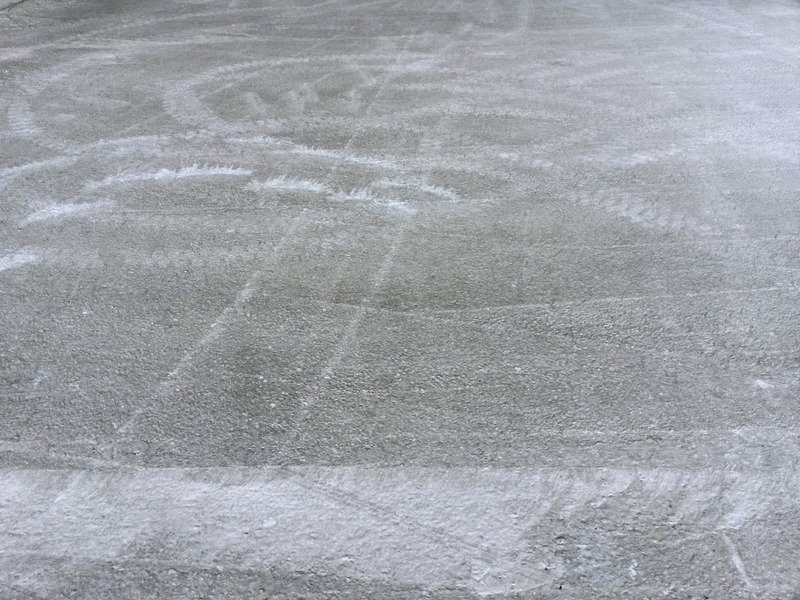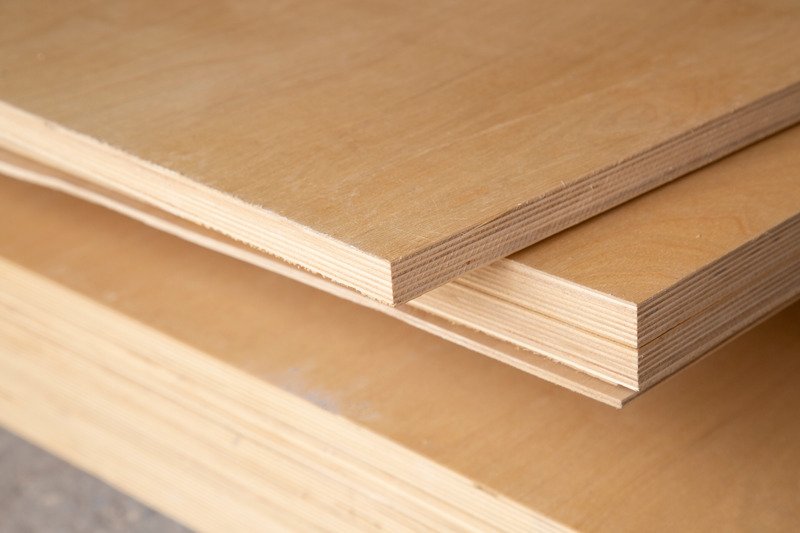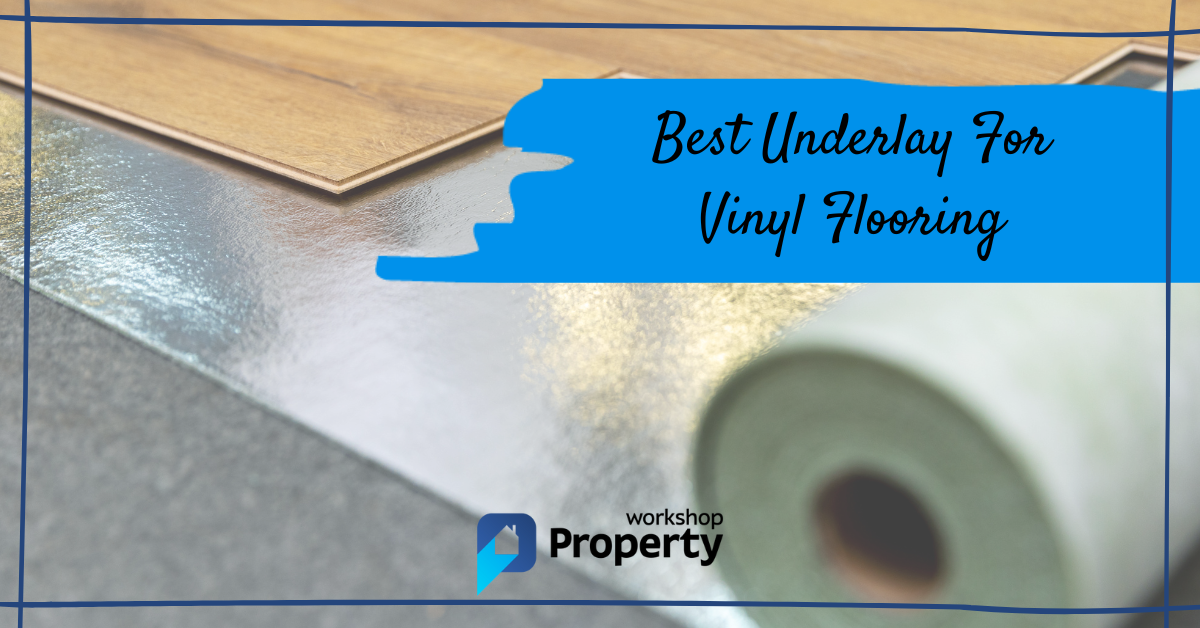Property Workshop is proudly reader-supported. When you buy through links on our site, we may earn a small Amazon affiliate commission but this does not affect the price you pay. Learn more here.
After extensive research and in-depth testing, we recommend the Grandismo Underlay for vinyl flooring.
This LVT underlay is perfect for click systems in commercial and household settings. It’s also great at reducing noise, and you can easily fit it over underfloor heating systems.
Last but not least, this underlay does an excellent job of protecting your floor from potentially damaging impacts.
Best Underlay For Vinyl Flooring — 2024 Reviews
After many hours of research and testing, these are our favourite underlays for vinyl flooring, starting with our overall winner:

1. Grandismo — Vinyl, Wood and Laminate
- Roll Size: 1m x 10m
- Thickness: 2mm
- Includes damp-proof membrane
- It provides approximately 20dB of sound reduction
We like this underlay’s 2mm thickness which helps protect your floor from damage and is suitable for use over underfloor heating systems.
You can use it for click-in vinyl flooring systems; it cuts and lays down smoothly with only slight curling once applied.
This product also offers excellent sound-proofing qualities — capable of reducing noise levels by approximately 20 dB. This reduction is impressive and makes a noticeable difference.
Aside from these qualities, the Grandismo Underlay also boasts a good TOG rating of around 0.4, which helps insulate the room and prevent heat loss.
The integrated silver-foil membrane protects against rising damp, thus keeping your room warm and dry.
| Pros | Cons |
|---|---|
| Great thickness and TOG rating | Curls up a little when applied |
| Impressive sound insulation | |
| Protects against rising damp | |
| Waterproof and easy to fit |

2. Grandismo — Underfloor Heating
- Roll Size: 1m x 10m
- Thickness: 1.8mm
- Low TOG rating of 0.35
- Perforated holes for quick heat transfer
- Requires Barrier Pro X tape
Next is the Grandismo Underfloor Heating Underlay — our top pick for use with underfloor heating systems.
This underlay is slightly thinner, with a thickness of 1.8mm. Combining this thinner thickness with its perforated holes, the low TOG rating and intelligent design, you get the maximum benefit of thermal rise from your underfloor heating.
Alongside its fantastic heat transfer properties, this underlay also reduces noise levels by around 17db, so you can enjoy a toasty warm and quiet home.
| Pros | Cons |
|---|---|
| Perforated holes increase thermal rise from underfloor heating | Requires a specific type of tape (Barrier Pro) to install |
| Reduces noise pollution by up to 17db |
Comparison Table
| Model | Soundproof | Improves Insulation | Thickness | Costs | Rating |
|---|---|---|---|---|---|
| Grandismo | Yes | Yes | 2mm | ££ | 9 |
| Grandismo — Underfloor Heating | Yes | Yes | 1.8mm | ££ | 8 |
Underlay For Vinyl Flooring Buying Guide
Below are the key points to consider when choosing the best underlay for vinyl flooring.
Subfloor Type
Before selecting the best underlay for your vinyl flooring, you must first determine what type of surface or “subflooring” you’re laying on. Let’s look at the most common types:
Concrete

If you plan to lay down vinyl underlay over a concrete subfloor, look for an underlay that provides good cushioning and thermal protection and defends against moisture.
You need these features because concrete subfloors are very unforgiving, and if you lay down a thin underlay, you may find it hard and uncomfortable underfoot.
Due to their porous qualities, concrete subfloors also risk moisture build-up. For this reason, we advise choosing a waterproof underlay to prevent moisture from rising under your vinyl flooring.
Aside from being hard and prone to dampness, concrete floors are also pretty cold. Therefore, choosing a vinyl underlay with an excellent thermal rating is best to keep your room warm and cosy.
Plywood

If you plan to put down vinyl underlay over a plywood subfloor, look for an option that offers good cushioning and soundproofing. These attributes are essential if you live in a multi-storey home, as noise from the floors above can be an issue with this type of subfloor.
Plywood is also hard and slightly uncomfortable underfoot, so using an underlay with cushioning improves comfort.
Other Subfloors
Cushioning should be your top priority if you’re laying underlay on top of hard floorings, such as tiles, hardwood, or vinyl stuck down with tough adhesive. The moisture barrier shouldn’t be an issue in this case.
Before laying your underlay, ensure that your subfloor is levelled correctly. If not, you’ll need to level it out before applying, as this will become more pronounced once you add underlay and another flooring on top.
Essential Underlay Features
Now that we’ve considered your subfloor type let’s look at what qualities to look out for when buying underlay for vinyl flooring.
Soundproofing
Loud, echoey rooms where the sound of every step becomes amplified aren’t pleasant. Neither is having to listen to the movements of someone on an upper floor when you’re trying to relax.
If you’re concerned about sound insulation, look for an underlay with soundproofing qualities.
Many underlay manufacturers state their soundproofing credentials clearly in the product specifications. The best products detail how many decibels they reduce noise by, thus giving you a great indicator of their effectiveness.
Damp Protection
Damp is a homeowner’s worst enemy, so you must do everything possible to prevent it from taking hold of your property.
Some subfloors are more prone to rising damp than others. Concrete is particularly risky due to its porous qualities, so if you’re laying on concrete flooring, choose an underlay with built-in moisture protection.
Shock Absorption
Choosing an underlay with excellent shock-absorbing qualities helps protect your vinyl flooring and subflooring from damage.
The best options are at least 2mm thick and made from high-quality materials such as foam with proven impact resistance.
Shock absorption underlay is also excellent for improving comfort underfoot, as it naturally provides a layer of cushioning that feels pleasant to walk on.
Insulating Qualities
The British climate isn’t known for being predictable or warm, so it makes sense to look for an underlay with good insulating qualities.
Underlays that have excellent thermal ratings are thick. Also, look for TOG ratings (higher values mean better warmth) and “R values” — more on those below.
We recommend opting for an underlay with excellent thermal qualities if you’re laying over a concrete subfloor, as this subfloor can be particularly cold underfoot.
Cost
We recommend focusing on the essential features you require (e.g. soundproofing, damp protection or heat retention) and opting for the highest-spec underlay you can afford.
It may seem like an unnecessary additional cost, but choosing the best underlay for your vinyl flooring will improve the performance of your flooring and increase its lifespan.
Understanding Underlay Ratings
You’ll encounter different ratings when searching for the best vinyl underlay. This section looks at the most common ratings and explains each one.
R-value
The R-value measures how well an underlay transfers heat. Essentially, the higher the number, the better the insulation.
IIC and STC
The IIC rating measures how well the underlay performs at soundproofing against impacts (e.g. footsteps). This rating is often combined with the STC rating to rate the overall noise pollution performance.
For both of these ratings, the higher the number, the better it performs at limiting noise.
Final Thoughts
No matter what type of subfloor you’re working with, the Grandismo is our top pick for the best underlay for vinyl flooring. We loved its thickness, thermal qualities, soundproofing and protection against damp build-up.
Furthermore, the Grandismo is incredibly easy to install, making it an excellent choice for amateurs and experienced floor fitters.
FAQ
Below are answers to frequently asked questions when buying underlay for vinyl flooring.
What is the best underlay for vinyl flooring?
The best underlay for vinyl flooring depends on your individual needs and your type of subfloor. During our testing, we found the Grandismo to be the best overall underlay in terms of performance, value, and ease of installation.
How thick should the underlay be for vinyl flooring?
The best underlay for vinyl click-together plank flooring is typically thinner than other flooring types. We considered underlays between 1.8mm and 2mm thick during our testing.
Remember, thicker underlay generally provides better thermal, noise, and cushioning performance. For concrete subfloors, we recommend thicker underlays for underfoot comfort.
What is the best padding for vinyl flooring?
Padding is used underneath the carpet, so it isn’t suitable as a base for vinyl flooring. For vinyl flooring, we recommend using the Grandismo underlay.
Can you put underlay under vinyl?
Yes, you can place an underlay under vinyl! Our reviews above tested and compared the three best underlays for vinyl flooring.
Our overall favourite is the Grandismo, but the best underlay for you depends on your requirements. Check out our underlay buying guide to learn more.

